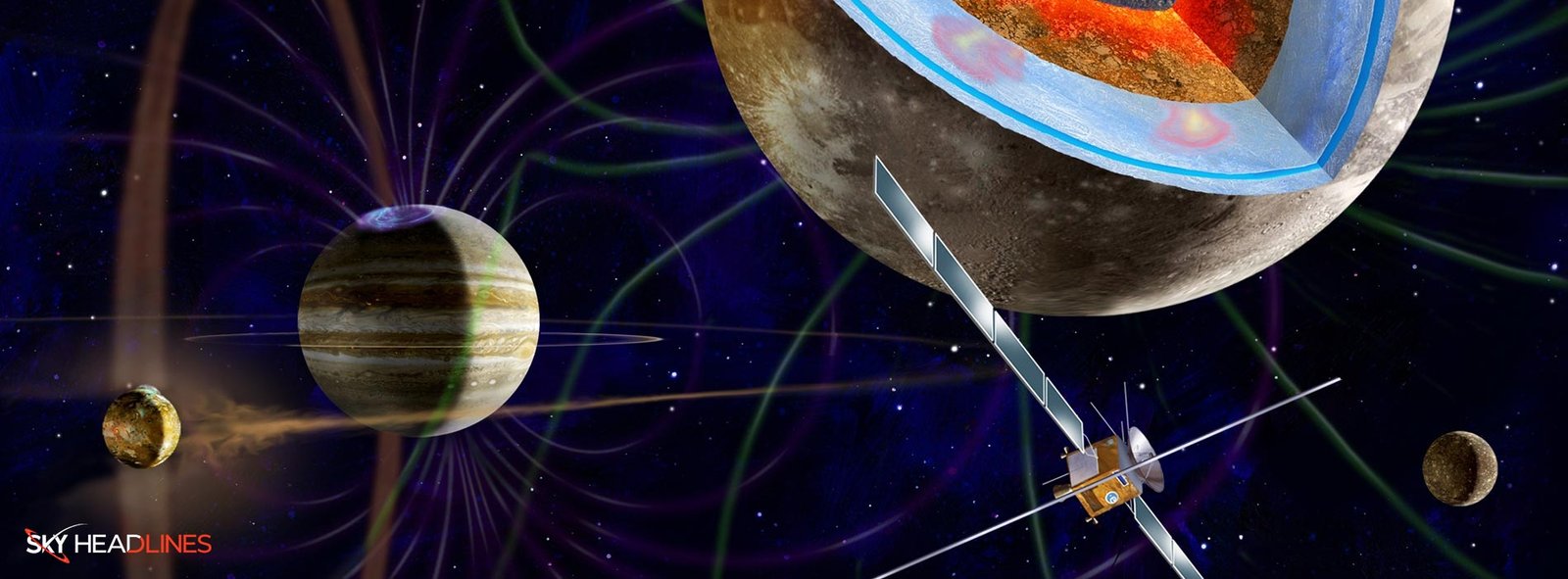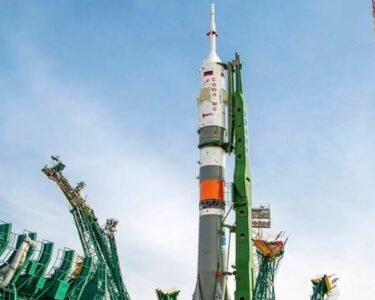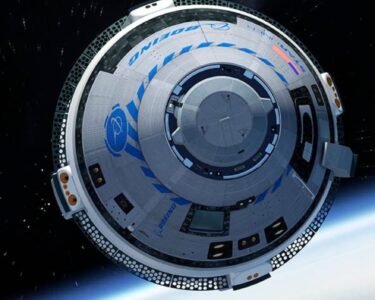The “Juice mission” (Jupiter Icy moons Explorer) is an exciting and ambitious project by the European Space Agency (ESA) to explore Jupiter and its three icy moons – Ganymede, Europa, and Callisto – in depth. With a launch date set for April 13, 2023, the mission aims to explore these moons and gain insights into their composition, geology, and potential habitability. The ” mission juice” will help us unlock new insights about our solar system and the potential for life beyond Earth by utilizing advanced technologies and scientific instrumentation.
First, let’s find out,
What is the Juice Mission?
The “Juice mission” is an ambitious project by the European Space Agency (ESA) to explore Jupiter and three of its icy moons – Ganymede, Europa, and Callisto – in depth. This mission aims to gather critical information about the composition and potential habitability of these celestial bodies. It is considered a groundbreaking effort because it will utilize advanced technologies and scientific instrumentation to unlock new insights about our solar system. Ultimately, the “Juice mission” will help us better understand the potential for life beyond Earth.
An Ariane 5 rocket from the European Spaceport located in Kourou, French Guiana, will be utilized to launch this mission. Once launched, JUICE will embark on a 7 to 8-year journey to reach Jupiter. The spacecraft will utilize Earth and Venus gravity assists along the way. Upon arrival in 2031, JUICE will go into orbit around Jupiter. It will optimize its orbit using flybys of Ganymede and Callisto, as well as flybys of Europa.
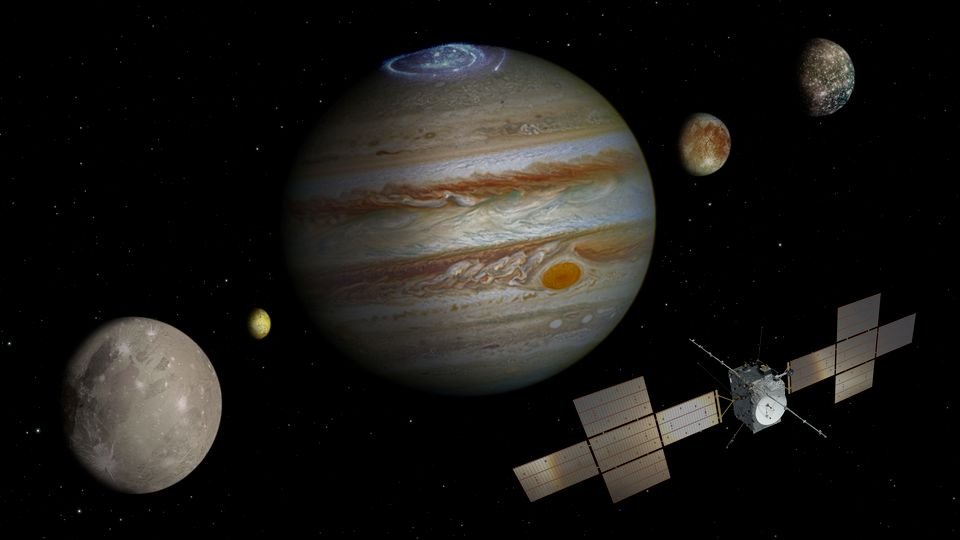
The spacecraft will first be entered into a highly elliptical orbit around Ganymede. This orbit will gradually evolve into a 5000 km circular orbit. After that, JUICE will lower its orbit to 500 km and then to 200 km. It will conduct mapping and other investigations at each altitude. The nominal mission is set to last for approximately 3 years. However, there is a possibility of an extension to the mission of 200 or more days. Regardless, the mission will end with an impact on the surface of Ganymede.
The launch of this mission has raised hundreds of questions. People are wondering why the European Space Agency needs to send another spacecraft if they have already launched such spacecraft in space. However, the following question might answer a few questions,
What are the objectives of the JUICE Mission?
The “Juice mission” aims to explore Jupiter and three of its icy moons – Ganymede, Europa, and Callisto – to gain insights into the evolution and habitability of icy worlds around Jupiter. The mission takes advantage of the findings from earlier expeditions such as Voyager 1 and 2, Galileo, and Cassini, which allowed us to examine the largest moons of the giant planets more closely. Once considered lifeless, frigid collections of ice and stone, these moons are now known to be planet-like bodies with fascinating pasts.
The exploration of icy moons has expanded our scope in the search for life in the Universe. Scientists used to focus their search for extraterrestrial life on planets with Earth-like environments, such as Mars, but recent discoveries suggest that icy moons may also have the potential to support life, as they could contain liquid water oceans beneath their icy crusts. The question remains whether life could exist in the seabeds of these distant moons, similar to life on Earth around hydrothermal vents.
This is where the “Juice mission” comes in. With its advanced technologies and scientific instrumentation, Juice will explore the icy moons of Jupiter and gather critical information about their composition, geology, and potential habitability. By studying the subsurface oceans, Juice will help us unlock new insights into the conditions necessary for life to exist beyond Earth.
Juice’s data may also be useful for systems around Jupiter-like exoplanets, expanding our search for life in the Universe. In summary, the Juice mission is the European Space Agency’s boldest mission to date, with the potential to greatly enhance our understanding of our solar system and the potential for life beyond Earth.
Now you probably might be wondering,
How will the JUICE spacecraft achieve its objectives?
JUICE is scheduled to arrive at Jupiter in 2031. This will mark the beginning of its ambitious mission, which is to study Jupiter’s icy moons in detail. The solar-powered spacecraft will orbit Jupiter for 2.5 years. It will also make close flybys of the planet’s three largest moons: Europa, Ganymede, and Callisto. Thanks to the spacecraft’s ability to fly within 200 to 1,000 kilometers (about 120 to 620 miles) of the moons, close studies will be possible. This will allow for unprecedented detail in the study of these moons.
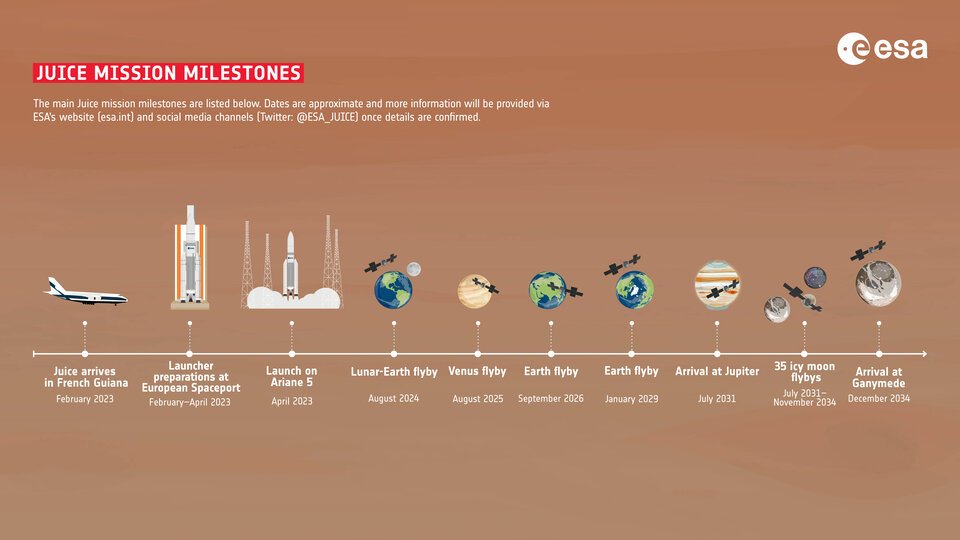
In the first phase of the mission, JUICE will fly by Europa twice and Ganymede and Callisto 12 times each. During the last phase of its mission, JUICE will enter the orbit of Ganymede. This will make history, as it will be the first spacecraft to orbit a moon other than Earth’s. JUICE weighs 4,800 kilograms (about 10,600 pounds). This means that it requires nearly 3,000 kilograms (roughly 6,600 pounds) of fuel to execute the complex trajectories necessary for its mission. JUICE’s 10 cutting-edge instruments weigh only 104 kilograms (230 pounds) thanks to the European Space Agency’s past missions.
Hopefully, this mission will also be a great success. However, we got some insights for you on,
How will JUICE study the Galilean moons?
The Jupiter Icy Moons Explorer, or JUICE, is designed to study the icy moons of Jupiter in unprecedented detail. During its journey, JUICE will only conduct two flybys of Europa, approaching as close as 250 miles (400 kilometers) to the moon’s icy terrain on each of these passes. This is because Europa orbits Jupiter at a distance of 417,000 miles (671,000 km), and any spacecraft that stays that close to the planet would survive only a few months, at best, due to Jupiter’s extreme size and powerful magnetic field.
Similarly, JUICE will perform 21 flybys of Callisto, getting as close as 120 miles (200 km) from its surface. Callisto and Europa are two distinct worlds with noticeable differences. Callisto has a surface covered with numerous craters, and scientists believe it is the oldest surface in the solar system. Currently, it is not clear whether Callisto contains a subsurface ocean, which is present in Europa and Ganymede. Fortunately, JUICE will provide insight into this question.
Let’s conclude this discussion,
Conclusion:
On the whole, the ESA’s Juice mission is expected to bring valuable information about Jupiter’s moon. The spacecraft is ready to study Jupiter’s icy moons. This groundbreaking project will unlock new insights into our solar system and the potential of life beyond Earth. The Juice spacecraft will utilize advanced technologies and will enter into orbit around Jupiter in 2031. It will surely provide unprecedented detail to make close studies possible. JUICE will help us understand the evolution and habitability of icy worlds around Jupiter and expand our scope in the search for life in the Universe. Cosmologists are counting on JUICE to bring more valuable insights from the mission.


